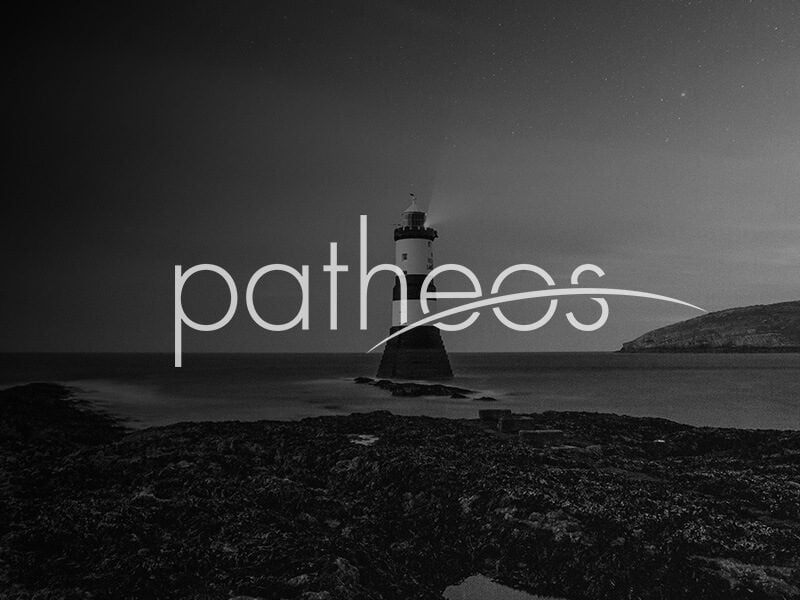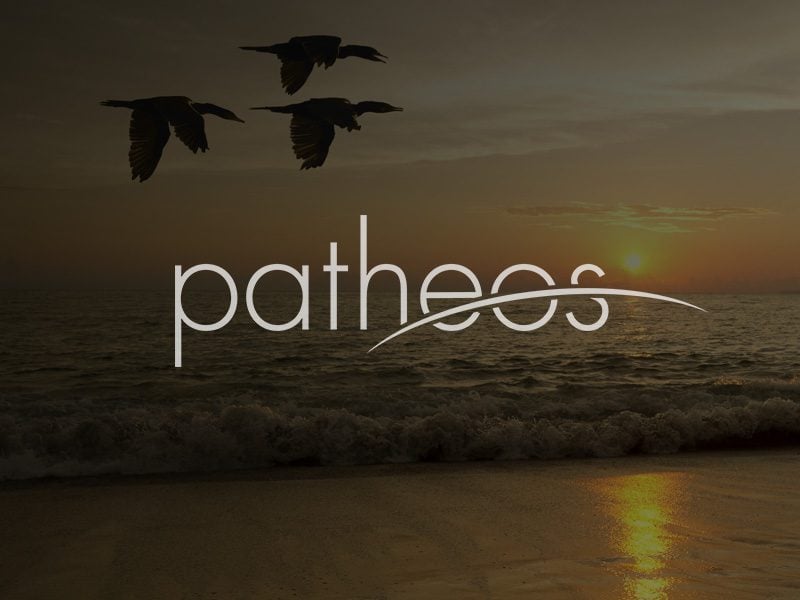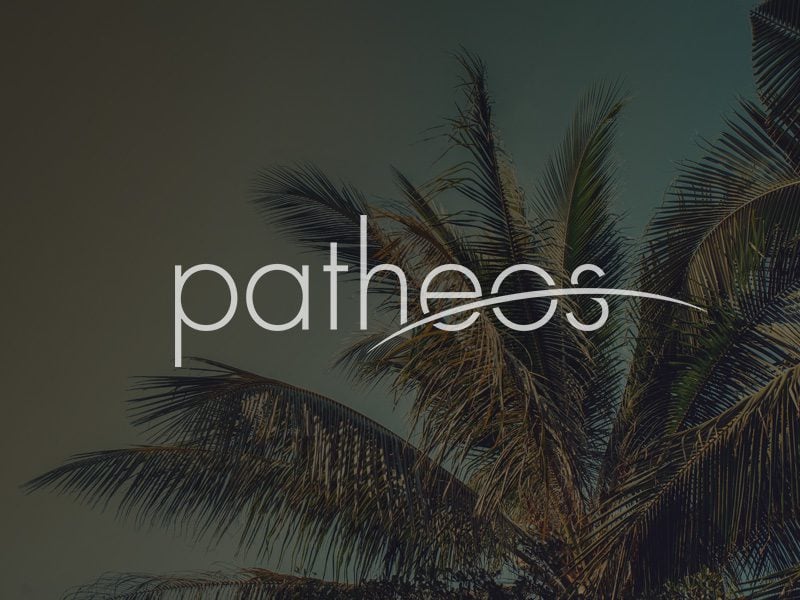Professors and students, what do you think of e-book formats for course textbooks?
From USAToday by Roger Yu:
For a solution, the school is turning to e-textbooks. VSU partnered with Flat World Knowledge, a start-up publisher that produces exclusively written e-books with “open” content that can be modified by professors. In a trial with 14 business courses, students would be required to pay $20 and receive a Flat World e-book and digital learning supplements. (The university and a local grant have been covering the cost, so far.)
“That’s nothing. It’s what I put in my gas tank,” says Martin, who participated in the trial. “If I was walking into a discussion on a topic, I can just (download and) take out the book and read it on my phone.”
With their promise of ubiquity, convenience and perhaps affordability, e-textbooks have arrived in fits and starts throughout college campuses. And publishers and book resellers are spending millions wooing students to their online stores and e-reader platforms as mobile technology improves the readability of the material on devices such as tablet computers. Silicon Valley start-ups, such as Inkling and Kno, are also aggressively reinventing textbooks with interactive graphics, videos and social-media features.
Despite emerging attempts at innovation, the industry has been slowed by clunky technology, the lasting appeal of print books, skeptical students who scour online for cheaper alternatives, and customer confusion stemming from too many me-too e-textbook platforms that have failed to stand out.
The late Steve Jobs, founder of Apple, believed textbooks to be an $8 billion market ripe for “digital destruction,” biographer Walter Issacson writes in Steve Jobs. Apple is expected to make an announcement Thursday about its new education products.
“Today’s 8th graders will enter college expecting to use e-books,” says Dan Rosensweig, CEO of Chegg, an online seller of textbooks. “We are at the beginning of this arc.”
The market is small but growing. Sales for e-textbooks in the U.S. higher education market grew 44.3% to $267.3 million in 2011, according to Simba Information, a publishing industry research firm….
So far, students have been less than impressed and more likely to opt for print books. About 11% of college students have bought e-textbooks, according to market research firm Student Monitor.
Availability isn’t the chief problem. Most popular textbooks have a digital version, and they’re available online. But students have largely stayed away because the most readily available technology today — PDF (portable document format) or other document reader versions of the print book — is clunky and eye-straining to read….
They all agree on one thing: The quality of e-textbooks must improve dramatically. More value-added, interactive features — such as graphics, notes-sharing, digital annotation, instant quizzes, easy search, links to social networking, videos and the ability to add third-party content — will keep students interested and spur sales, they say….











